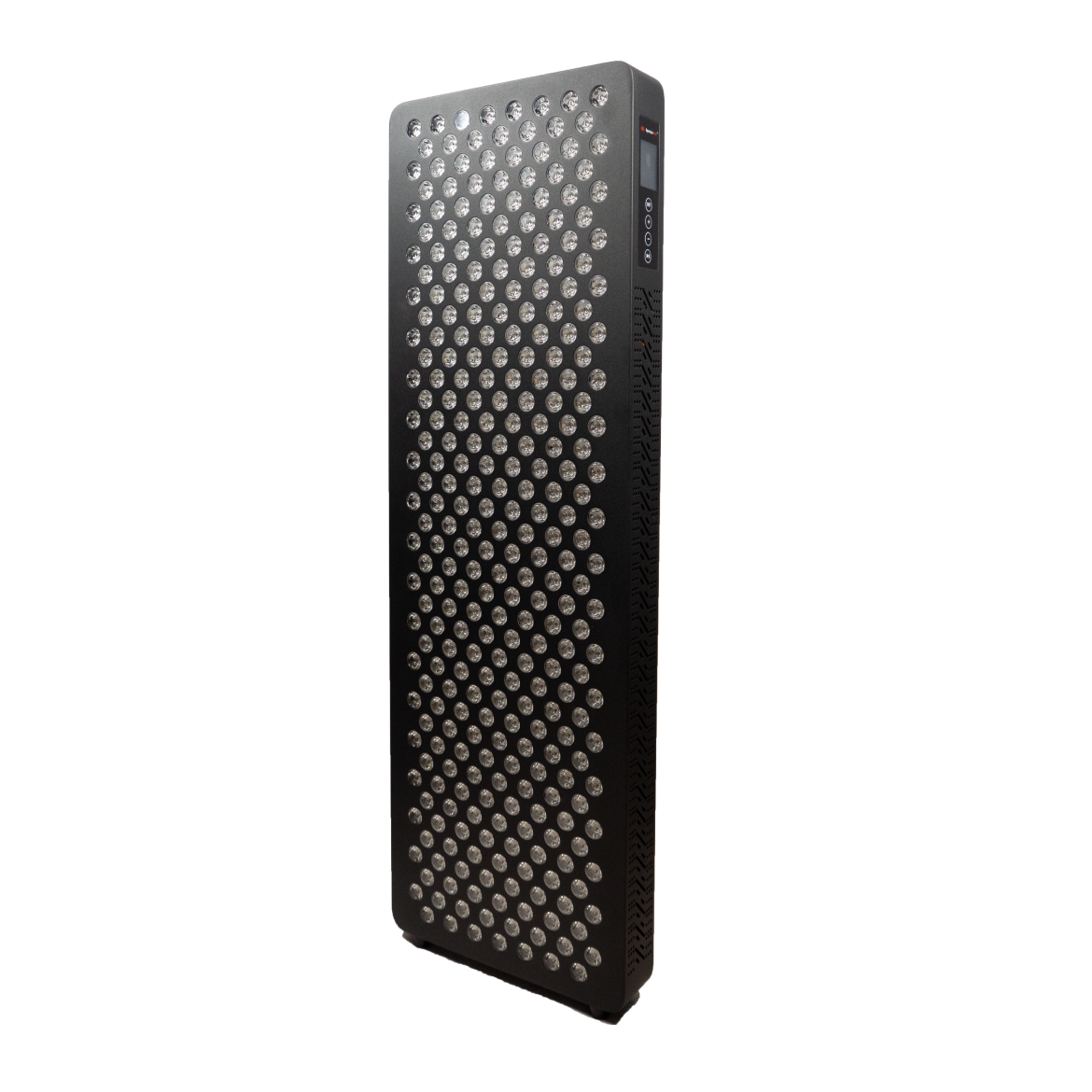Hyperpigmentation, the darkening of certain areas of skin, can be a source of frustration and affect confidence. It occurs due to excess melanin production, triggered by various factors like sun exposure, inflammation, or hormonal changes. Red and near-infrared light therapy offers a promising approach to help improve the appearance of hyperpigmented spots.
Understanding Hyperpigmentation:
Hyperpigmentation comes in different forms:
- Sunspots (Solar Lentigines): Flat brown spots usually appearing on sun-exposed areas.
- Melasma: Patchy discoloration often seen on the face, influenced by hormonal changes.
- Post-Inflammatory Hyperpigmentation (PIH): Dark marks remaining after skin injury or inflammation, such as acne.
How Can Red and Near-Infrared Light Therapies Help?
Red and near-infrared (NIR) light therapies can address hyperpigmentation in several ways:
-
Red Light
- Reduces Melanin Production: Studies suggest red light can help suppress excess melanin production, leading to a gradual lightening of dark spots.
- Promotes Skin Cell Turnover: Red light encourages the renewal of skin cells, helping to shed pigmented cells from the surface.
- Reduces Inflammation: As inflammation can exacerbate hyperpigmentation, red light's anti-inflammatory effect is beneficial.
-
Near-Infrared Light
- Deeper Penetration: NIR reaches deeper into the skin, potentially providing even more profound effects on melanin production and inflammation.
- Tissue Repair: NIR may accelerate the healing process, possibly reducing the risk of post-inflammatory hyperpigmentation.
- Enhances Red Light Effects: NIR might work together with red light, providing a more comprehensive approach to fading hyperpigmentation.
Research and Evidence:
While more research is always beneficial, studies indicate the potential of red and NIR light for hyperpigmentation:
- A 2017 study in the Journal of Cosmetic and Laser Therapy showed combined red and NIR light improved the appearance of melasma.
- A 2018 review in Dermatologic Surgery highlighted the promise of light-based therapies (including red light) for reducing pigmentation, especially when combined with other treatments.
What to Expect with Red and Near-Infrared Light Therapies
These therapies are considered gentle and non-invasive. Sessions are short, and gradual improvement is expected over a series of treatments. Always consult with a dermatologist or skincare professional to discuss individual treatment plans and expectations.
Things to Consider
- Sun Protection: Consistent sun protection is VITAL throughout treatment to prevent darkening and protect treatment results.
- Patience: Hyperpigmentation fading may take time. Commitment to regular light therapy sessions is key.
- Complementary Treatment In some cases, combining light therapy with topical treatments or other procedures might provide optimal outcomes.
Conclusion:
Red light therapy, alone or in combination with NIR, provides a safe and promising option for addressing hyperpigmentation concerns. By potentially reducing melanin production, accelerating skin cell turnover, and calming inflammation, it can contribute to a brighter, more even-toned complexion.
Discover the Potential of Light Therapy with SpectraHeal
SpectraHeal offers high-quality light therapy panels designed for convenient and effective home use. Explore our products and see how light therapy can help you achieve your best skin.
Disclaimer: This blog post is for general information and should not be taken as medical advice. Always consult with a qualified healthcare professional for personalized guidance on hyperpigmentation treatment.












